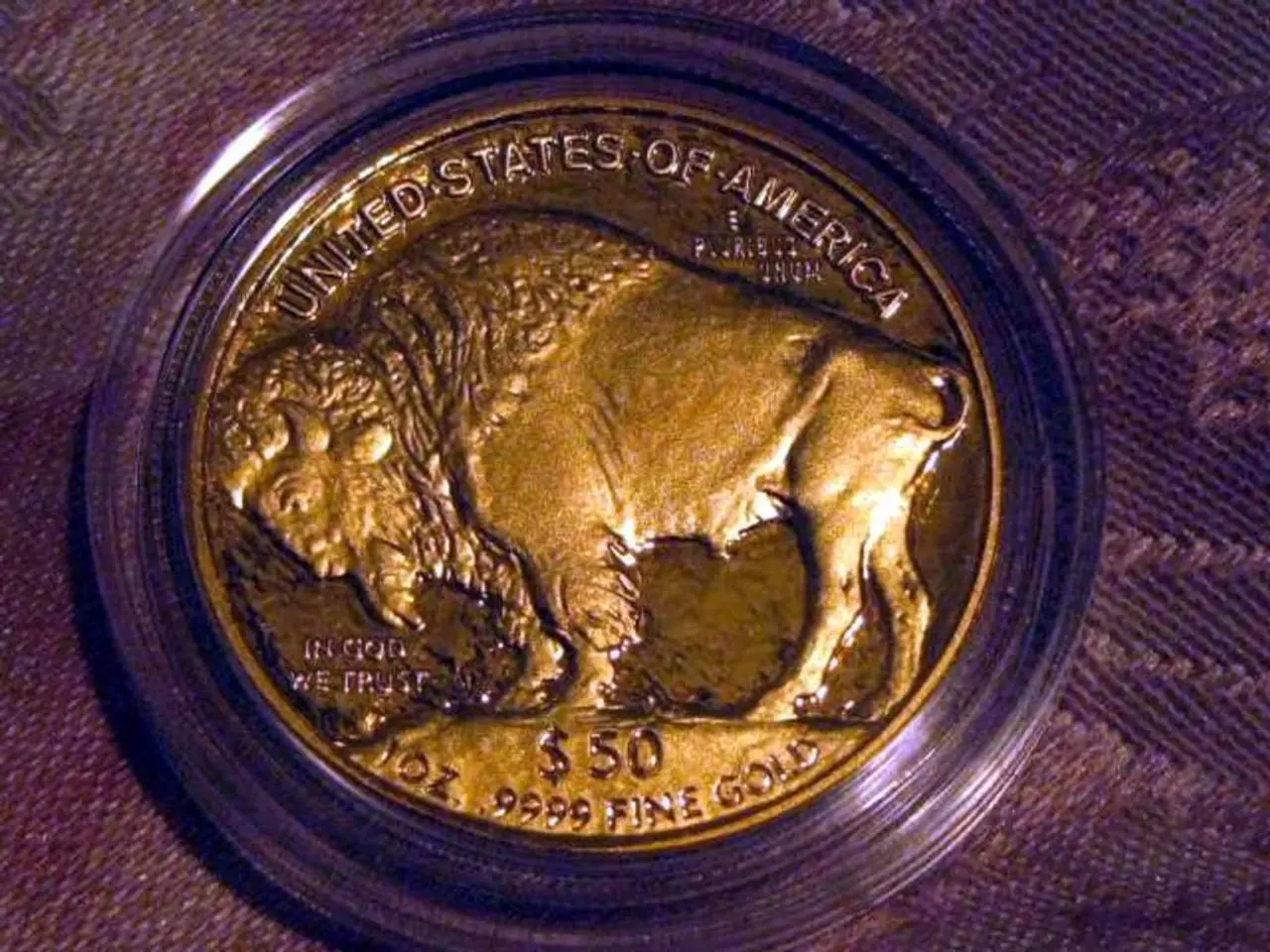Swiss Gold Refiners Eye U.S. Shift Amid Tariff Talks
Swiss gold refiners are exploring a significant shift in their operations, with at least one considering accelerating investments in the US. The proposal, involving the relocation of low-margin business, comes amidst ongoing negotiations with the US government over tariff reductions.
The Swiss government has been proactive in these talks, having 'optimized its offer' to hasten an agreement on tariff cuts. The primary proposal involves Swiss investment in the US gold-refining industry, aiming to persuade the Trump administration to lower the current 39% import tariffs.
Christoph Wild, president of the Swiss Association of Precious Metals Producers and Traders, has voiced support for increasing American refining capabilities, suggesting it could address market inefficiencies. However, the idea of taxing gold exports to the US, as suggested by Swatch Group CEO Nick Hayek, has been met with resistance from the refining industry. Meanwhile, Green Party President Lisa Mazzone has called for a 5% levy on the gold refining industry to generate revenue and mitigate reputational risks.
The potential acceleration of Swiss investment in the US gold-refining industry could significantly impact the global gold trade. While the US Treasury has not yet responded to the Swiss offer, these negotiations highlight the ongoing efforts to balance economic interests and historical sensitivities in the gold trade.
Read also:
- Thieves Steal Unique Sculptures from Redwood National Park's Grove of Titans
- Thessaly's Climate Plan Stalls Two Years After Storm Daniel Devastation
- International powers, including France, Germany, and the UK, advocate for the reinstatement of sanctions against Iran.
- Companies urged to combat employee resignation crisis, as per findings from the Addeco Group







